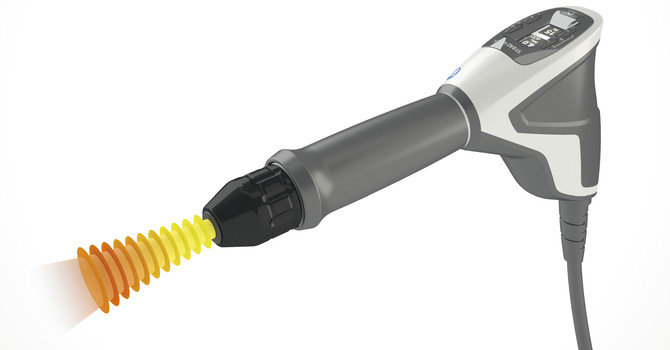
If you have lived in Illinois long enough, you are probably familiar with freezing winters. While most people do not enjoy the cold, the Wim Hof Method is a therapeutic approach that utilizes cold exposure, breathing, and commitment to increase energy levels, reduce stress levels, create a stronger immune system, and enhance sleep.
Cold therapy
Scientists have found evidence that exposure to cold speeds up metabolism. Another benefit of exposing your body to cold is that it reduces inflammation, swelling and sore muscles. Therefore, many athletes use ice baths and other types of exposure to cold as a means to speed up recovery after physical exercise. Cold body therapy is also linked to improved quality of sleep, more focus,and even to an improved immune response.
We currently recommend that people exposure themselves to the cold whatever way works best with their lifestyle.
If all you can manage is a cold water spray at the end of your shower and this produces benefits, then just stick with it. If you can manage to do a cold water plunge, ice, bath, or cryotherapy a couple of times a week, then great.
The most important thing is consistency and assessing what works best for you. If you’ve never done cold therapy it’s best to start small and slow. We advise turning the shower a bit colder every day for 2-5 minutes and work yourself up to tolerating colder and colder water.
Breathing
The way you breathe strongly affects the chemical and physiological activities in your body. Throughout the years, Wim Hof has developed special breathing exertions that keep his body in optimal condition and in complete control in the most extreme conditions. The breathing technique is first and foremost premised on inhaling deeply and exhaling without any use of force!
Step 1: Get Comfortable
Assume a meditation posture: sitting, lying down — whichever is most comfortable for you. Make sure you can expand your lungs freely without feeling any constriction.
Step 2: 30-40 Deep Breaths
Close your eyes and try to clear your mind. Be conscious of your breath, and try to fully connect with it. Inhale deeply through the nose or mouth, and exhale unforced through the mouth. Fully inhale through the belly, then chest and then let go unforced. Repeat this 30 to 40 times in short, powerful bursts. You may experience light-headedness, and tingling sensations in your fingers and feet. These side effects are completely harmless.
Step 3: The Hold
After the last exhalation, inhale one final time, as deeply as you can. Then let the air out and stop breathing. Hold until you feel the urge to breathe again
Step 4: Recovery Breath
When you feel the urge to breathe again, draw one big breath to fill your lungs. Feel your belly and chest expanding. When you are at full capacity, hold the breath for around 15 seconds, then let go. That completes round number one. This cycle can be repeated 3-4 times without interval. After having completed the breathing exercise, take your time to bask in the bliss. This calm state is highly conducive to meditation — don’t hesitate to combine the two.



